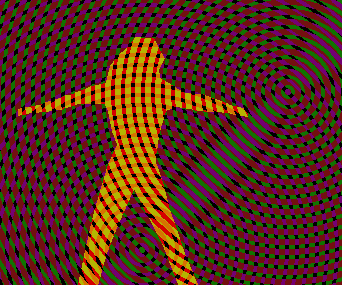When one thinks of Lucas Arts it immediately comes to mind the incredible adventures that provided us of many great (and not so great) memories. However, this company is also author of many other interesting and crazy works. Until… well, it went to be yet another victim of Electronic Arts and went to the EA Hell. (The Turnip Inn, if you can read Spanish)
In 1996 they created a game strongly inspired in the great Sim City 2000 (1993, Maxis), this is, a city simulator. However its subject is so unique and different: instead of cities we must create and take care of Heaven and Hell, so Planet’s souls can have their eternal rest. With the advice of our two assistants, we should make their journey to the Great Beyond profitable for us.


